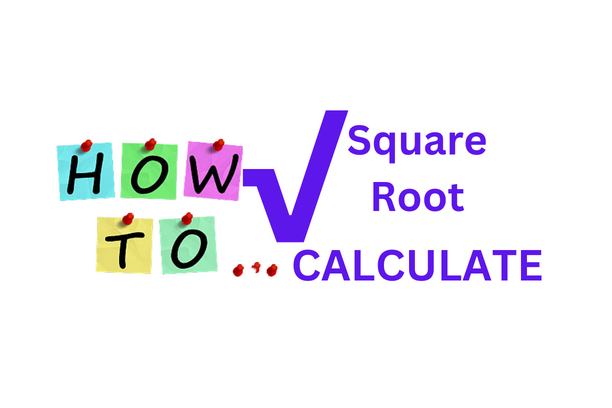How To Calculate Mean in Mathematics: Definition, Formula, and Examples
Mean in Mathematics
In mathematics, the mean is a commonly used measure of central tendency that represents the typical value of a set of numerical data. The mean is also known as the average, and it is calculated by adding up all the values in a data set and dividing by the number of values.
Definition: The mean is defined as the sum of all values in a data set divided by the number of values in the set. It gives a measure of the central value that represents the typical value of the data set.
Formula: The formula for the mean of a set of data is given as follows:
mean = (sum of all values) / (number of values)
Types of Mean in Mathematics:
- Arithmetic Mean: This is the most commonly used type of mean and is calculated by summing all the values in a data set and dividing by the number of values. It is also known as the average of a data set.
- Geometric Mean: This type of mean is calculated by multiplying all the values in a data set and taking the nth root of the product, where n is the number of values in the data set. It is used when dealing with quantities that are multiplied, such as growth rates or returns on investment.
- Harmonic Mean: This type of mean is calculated by dividing the number of values in the data set by the sum of the reciprocals of the values. It is used when dealing with rates, such as speed or velocity.
- Weighted Mean: This type of mean is calculated by multiplying each value in a data set by a weight, summing the products, and dividing by the sum of the weights. It is used when the values in a data set have different levels of importance or significance.
Need for Mean:
- Describing Data: Mean is used to describe the central tendency of a data set, providing valuable information about the typical value in the data.
- Comparison: Mean can be used to compare data sets and determine if they are similar or different.
- Estimation: Mean can be used to estimate missing values in a data set.
- Modeling: Mean can be used in statistical models to make predictions based on data.
How to Use Mean:
- Sum all the values in the data set.
- Divide the sum by the number of values in the data set.
- The result is the mean of the data set.
Note: The mean is sensitive to outliers, so it is important to consider the distribution of values in the data set before calculating the mean.
For example, consider the following data set:
{4, 6, 9, 10, 11}
The mean of this data set can be calculated as follows:
mean = (4 + 6 + 9 + 10 + 11) / 5 = 40 / 5 = 8
So, the mean of this data set is 8.
Examples: Let’s look at some examples to help illustrate how the mean is calculated.
Example 1: Consider the following data set:
{2, 4, 6, 8, 10}
The mean of this data set can be calculated as follows:
mean = (2 + 4 + 6 + 8 + 10) / 5 = 30 / 5 = 6
So, the mean of this data set is 6.
Example 2: Consider the following data set:
{1, 3, 5, 7, 9}
The mean of this data set can be calculated as follows:
mean = (1 + 3 + 5 + 7 + 9) / 5 = 25 / 5 = 5
So, the mean of this data set is 5.
In conclusion, the mean is a widely used measure of central tendency in mathematics. It is a simple and straightforward calculation that provides a measure of the typical value of a set of numerical data. Whether you’re a student or a professional, understanding how to calculate the mean is a crucial aspect of data analysis and interpretation.
Difference Between Average and Mean
The terms “average” and “mean” are often used interchangeably, but they have a slightly different meaning in mathematics.
Average: The term “average” is a general term used to describe the central value of a set of numerical data. It can refer to various measures of central tendency, such as mean, median, mode, etc.
Mean: The mean, also known as the average, is the most commonly used measure of central tendency. It is calculated by adding up all the values in a data set and dividing by the number of values. It gives a measure of the central value that represents the typical value of the data set.
| Concept | Definition | Calculation |
|---|---|---|
| Average | A central value of a set of numerical data, can refer to various measures of central tendency (mean, median, mode, etc.) | Depends on the specific measure of central tendency |
| Mean | A specific type of average, also known as the average, that gives a measure of the central value that represents the typical value of the data set | Sum of all values in a data set / number of values |
In other words, “mean” is a specific type of average.
